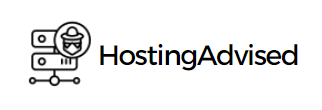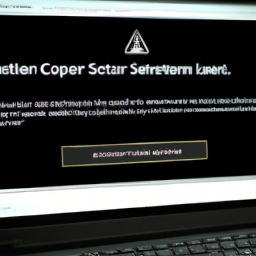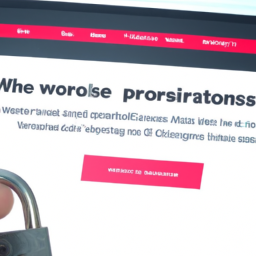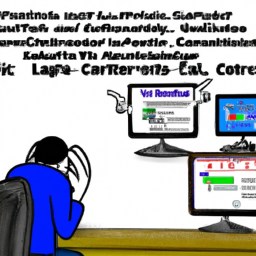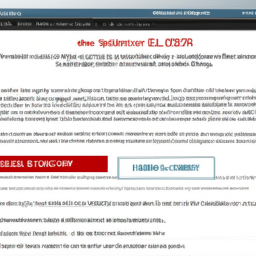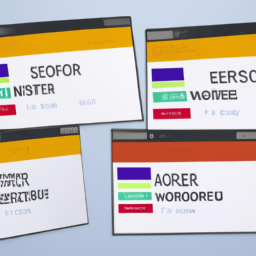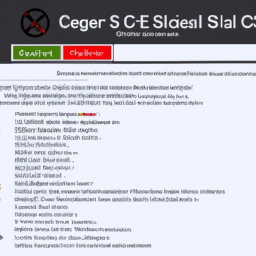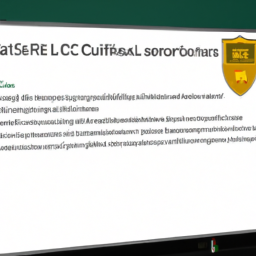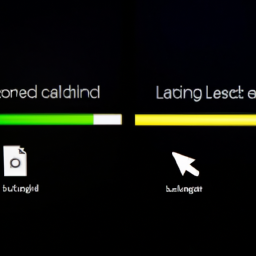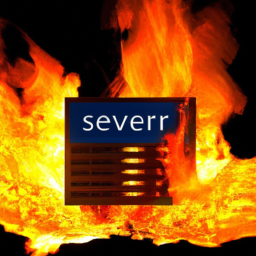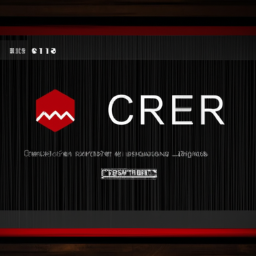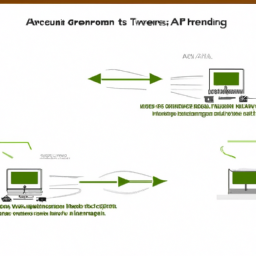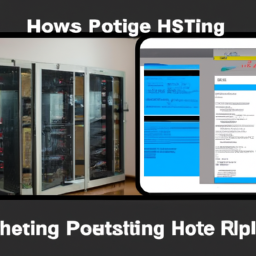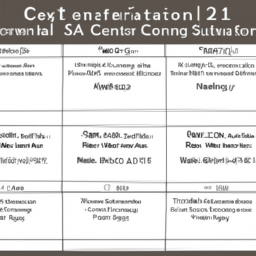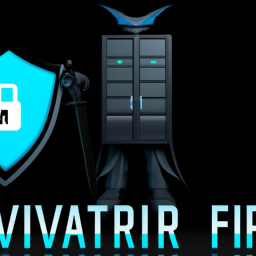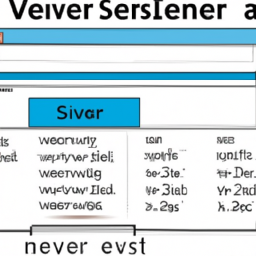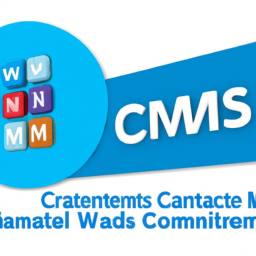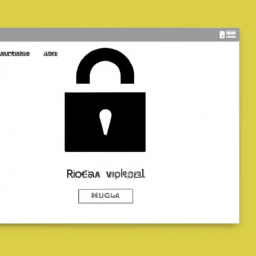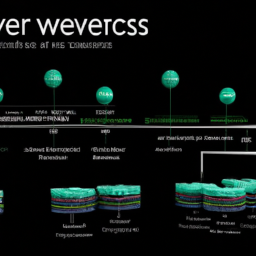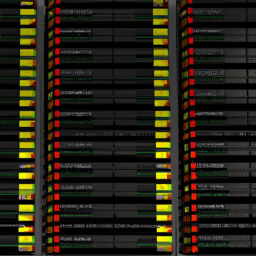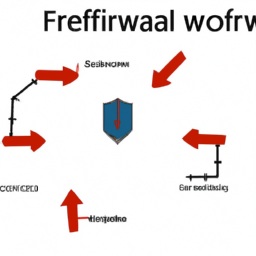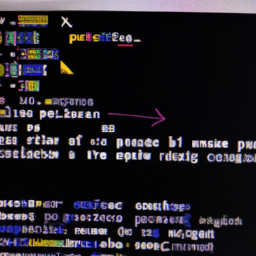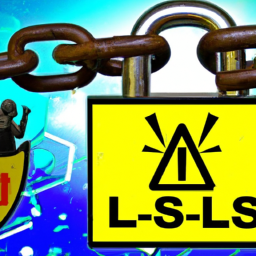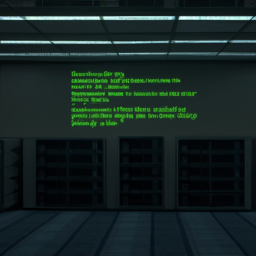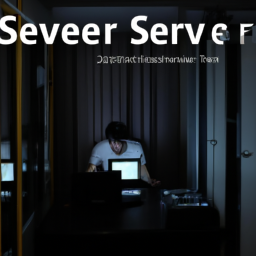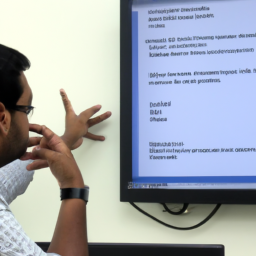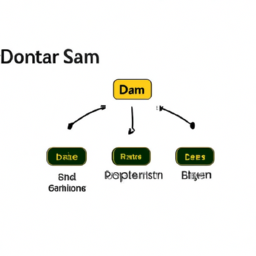Did you know that over 90% of websites are vulnerable to cyber attacks? With the rapid growth of online threats, it has become essential for website owners to prioritize security measures.
This is where Mod_security comes into play. Mod_security is an open-source web application firewall that protects your website from various types of attacks, such as SQL injections, cross-site scripting, and remote file inclusion.
In this article, we will provide you with an easy-to-understand introduction to Mod_security, explaining its importance in web security and how it works. We will also delve into common Mod_security rules and techniques, and provide a step-by-step guide to implementing it on your website.
Additionally, we will share best practices for configuring and maintaining Mod_security to ensure optimal protection for your web applications. So, if you’re a beginner looking to enhance your website’s security, keep reading to learn more about Mod_security.
Key Takeaways
- Mod_security is an open-source web application firewall that protects websites from various cyber attacks.
- It provides real-time monitoring and logging of web traffic, allowing for analysis of incoming HTTP traffic and blocking malicious requests.
- Mod_security is customizable and can be tailored to meet specific security requirements through the use of customizable rules.
- Regular updates, patches, monitoring, and troubleshooting are essential for maintaining the effectiveness of mod_security and enhancing the overall protection of web applications.
What is Mod_security?
Mod_security is a powerful web application firewall that helps protect websites from various cyber threats. It is an essential tool for website owners who want to ensure the security of their online presence.
With mod_security, websites can benefit from a wide range of features that enhance their security. These features include protection against SQL injection attacks, cross-site scripting (XSS) attacks, and remote file inclusion attacks.
Mod_security also offers real-time monitoring and logging of web traffic, allowing website owners to identify and respond to potential threats promptly.
By implementing mod_security, website owners can significantly reduce the risk of unauthorized access, data breaches, and other security incidents.
It is crucial to understand the importance of mod_security in web security as it plays a vital role in safeguarding websites from malicious activities.
Importance of Mod_security in Web Security
One theory suggests that implementing mod_security can significantly enhance the overall protection of a web application. By using mod_security, you can benefit from its robust features and capabilities, which can help mitigate various types of web application attacks. Compared to other web security solutions, mod_security offers several advantages. First, it is open-source, making it accessible to a wide range of users. Second, it provides extensive rule sets that can be customized to meet specific security requirements. Third, it offers real-time monitoring and logging, allowing for quick detection and response to potential threats. Finally, mod_security is highly flexible and can be integrated seamlessly with existing security systems. With these benefits, mod_security stands out as a reliable choice for web application security. Moving on to how mod_security works, it employs a set of rules and filters to analyze incoming HTTP traffic and block malicious requests.
How Mod_security Works
To understand how Mod_security works, imagine a vigilant security guard for your web application, equipped with a powerful set of tools and filters that scrutinize incoming HTTP traffic for any signs of malicious intent.
Mod_security features a diverse range of capabilities, including the ability to detect and prevent common web application attacks such as SQL injection, cross-site scripting (XSS), and remote file inclusion. It also offers protection against brute force attacks, session hijacking, and command injection.
Through its integration with web servers like Apache and Nginx, Mod_security acts as a shield, analyzing every HTTP request and response and enforcing a set of predefined rules. These rules are designed to identify and block suspicious activities, ensuring the security and integrity of your web application.
Transitioning into the next section, understanding common Mod_security rules and techniques will further enhance your web security.
Common Mod_security Rules and Techniques
Imagine you’re a web application owner who’s hired a highly skilled security team to constantly monitor and protect your website from potential threats. One of the tools they use to safeguard your site is mod_security, a powerful web application firewall.
To make mod_security even more effective, your team can customize its rules to suit your specific needs. By tailoring the rules, you can ensure that the firewall accurately detects and blocks malicious activities, while allowing legitimate traffic to pass through.
Additionally, your team can analyze the mod_security logs to gain valuable insights into the types of attacks your website is facing and make informed decisions on how to further enhance your security measures. This knowledge helps you stay one step ahead of potential threats.
Moving forward, let’s explore a step-by-step guide to implementing mod_security.
Step-by-Step Guide to Implementing Mod_security
As a web application owner, you can effortlessly enhance your website’s security by following this step-by-step guide to implementing mod_security, a powerful web application firewall.
Start by installing and configuring mod_security on your server, making sure to enable it for all virtual hosts. Once implemented, you can fine-tune the rules and create custom rules to suit your specific needs.
Troubleshooting mod_security issues is made easier by examining the server logs and adjusting the rules accordingly. To maximize security, consider integrating mod_security with other security tools like intrusion detection systems and log analysis tools. By doing so, you can strengthen your defenses against potential threats.
In the next section, we will discuss best practices for mod_security configuration and maintenance, ensuring that your web application remains secure and protected.
Best Practices for Mod_security Configuration and Maintenance
Ensure your web application’s security and protection by following these best practices for configuring and maintaining mod_security.
To avoid any potential issues, regularly update and patch your mod_security installation to ensure you have the latest security fixes and enhancements.
Stay informed about new updates and patches released by the mod_security community and promptly apply them to your system.
Additionally, it’s crucial to regularly monitor and troubleshoot mod_security to identify and address any potential issues proactively.
Analyze the logs and review any false positives or false negatives that may be affecting your web application’s performance.
Fine-tune your mod_security configuration by customizing rules and exclusions specific to your web application’s needs.
By incorporating these practices, you can enhance the effectiveness of mod_security and protect your web application from potential security threats.
Frequently Asked Questions
Is Mod_security only applicable for specific web servers or can it be used with any server?
Mod_security can be used with various web servers, making it compatible with different operating systems. It is not limited to a specific server type. Additionally, mod_security can be seamlessly integrated with cloud-based servers, ensuring the protection of web applications hosted on such platforms.
So, whether you’re using Apache, Nginx, or any other web server, mod_security can be a valuable asset in enhancing your server’s security and protecting against web-based attacks.
Can Mod_security be used to prevent all types of web attacks or are there limitations?
Mod_security is a powerful tool for preventing web attacks, but it does have some limitations. While it is highly effective against common web attacks such as SQL injection and cross-site scripting, it may not be able to protect against more advanced or targeted attacks.
Additionally, mod_security relies on rules and signatures to identify and block attacks, so it may not be able to detect new or unknown attack techniques. It’s important to regularly update and fine-tune mod_security to ensure its effectiveness.
How can Mod_security be integrated with other security tools or systems?
To integrate mod_security with other security tools or systems, you need to consider the challenges that may arise. The main challenge is integrating mod_security with existing security infrastructure. This can involve configuring mod_security to work seamlessly with other tools, such as firewalls or intrusion detection systems. It may require adjusting the rules and policies to avoid conflicts and ensure optimal protection.
Careful planning and expertise are crucial to successfully integrating mod_security with other security solutions.
Does Mod_security provide any reporting or alerting capabilities for monitoring web attacks?
Mod_security provides robust reporting and alerting capabilities for monitoring web attacks. With mod_security reporting, you can easily generate detailed reports on detected attacks. These reports include information about the type of attack, the IP address of the attacker, and the targeted URLs.
Additionally, mod_security alerting allows you to receive real-time notifications via email or other communication channels whenever an attack is detected. These reporting and alerting features enable you to promptly respond to and mitigate web attacks, enhancing the security of your web applications.
Are there any known performance impacts when using Mod_security on a web server?
When using mod_security on a web server, it’s important to consider the potential performance impacts. There are alternative web security solutions available, such as web application firewalls or intrusion detection systems, that can be used instead of mod_security.
To measure the impact of mod_security on a server’s performance, website owners can analyze server logs, monitor response times, and conduct load testing. It’s crucial to find the right balance between security and performance to ensure optimal website functioning.
Conclusion
Congratulations, you’ve made it to the end of this article! You now have a solid understanding of mod_security and its importance in web security. Armed with this knowledge, you can confidently implement and configure mod_security to protect your websites from malicious attacks.
Remember, mod_security is your trusted sidekick in the battle against hackers. Treat it with care, update it regularly, and enjoy the peace of mind it brings.
Stay secure, my friend!
